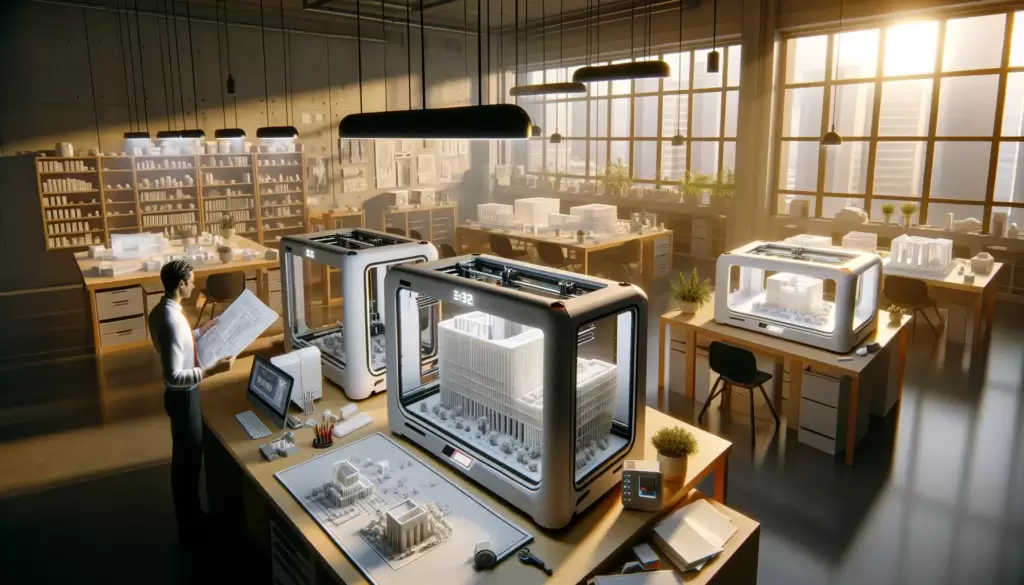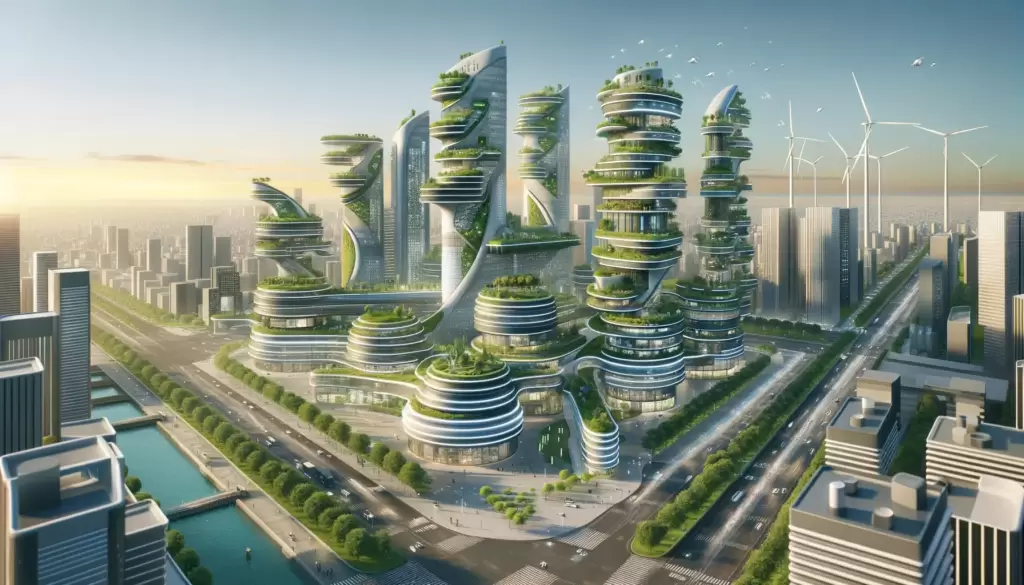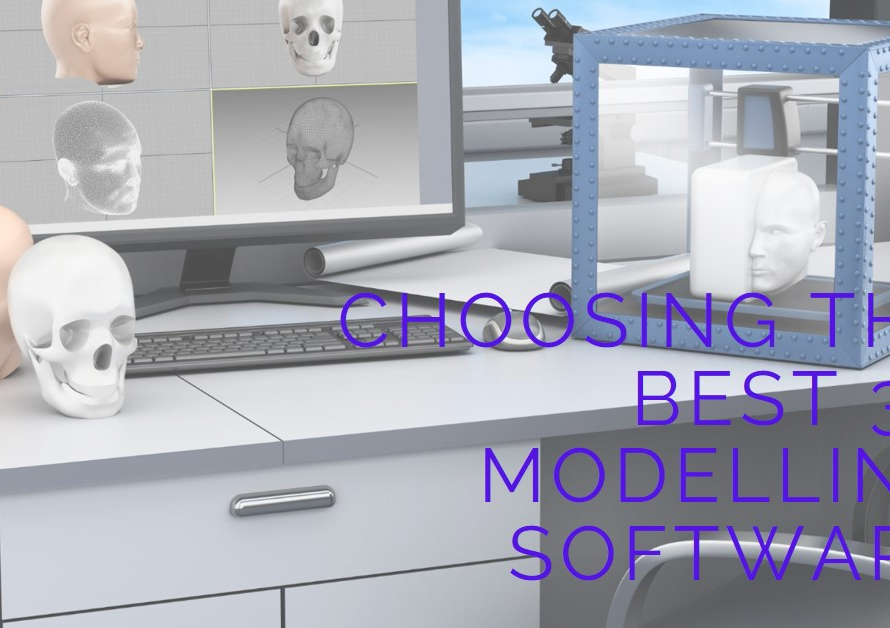
Table of Contents
Introduction: Exploring 3D printing in architecture
The integration of 3D printing technology in architecture has revolutionized the way architects conceptualize and present their designs. Traditionally, architects relied on physical scale models to convey their ideas, a process that was time-consuming and often costly. However, with the advent of 3D printing, architects can now bring their designs to life in stunning detail with unprecedented speed and precision. This innovative approach not only accelerates the design process but also allows for intricate and complex geometries that were previously difficult to achieve through traditional model-making techniques.
One of the most compelling aspects of utilizing 3D printing in architecture is its potential to create highly customizable and site-specific designs. By harnessing this technology, architects can tailor their models to fit seamlessly within unique environments, taking into account factors such as topography, climate conditions, and spatial requirements. Moreover, 3D-printed architectural models enable clients and stakeholders to interact with tangible representations of proposed structures, fostering clearer communication and deeper understanding of the design vision. As such, 3D printing serves as a catalyst for collaborative innovation within the architectural industry while pushing boundaries in terms of design flexibility and creativity.
Overall, exploring 3D printing in architecture opens up a realm of possibilities for redefining how buildings are conceived, visualized, and ultimately realized. This transformative tool empowers architects to transcend previous limitations and embark on an exciting journey towards creating sustainable, functional, and aesthetically captivating structures that seamlessly harmonize with their surroundings.
Understanding 3D Printing: Basics and benefits
3D printing has revolutionized the architectural industry by offering a new way to create precise and detailed models. This technology allows architects to turn their designs into tangible, physical structures with incredible speed and accuracy. The ability to quickly produce multiple iterations of a model enables designers to explore various possibilities, leading to more innovative and cost-effective solutions.
One of the key benefits of 3D printing in architectural models is its ability to bring complex designs to life with intricate details that were previously difficult or impossible to achieve. From intricate facades to intricate interior layouts, 3D printers can capture even the smallest nuances, allowing for a more comprehensive understanding of a building’s potential impact. Moreover, the flexibility offered by this technology allows for seamless integration of various design elements, enabling architects to experiment with different materials, textures, and forms in a way that was not feasible before.
Incorporating 3D Printing in Architectural Design Process
Incorporating 3D printing in the architectural design process has revolutionized the way architects bring their visions to life. By harnessing the power of this cutting-edge technology, designers can now create intricate and complex architectural models with unprecedented precision and speed. The ability to translate digital designs into physical prototypes allows for a more tangible and immersive understanding of the proposed structures, offering clients and stakeholders a compelling visualization of the end product.
Moreover, 3D printing enables architects to experiment with different materials, textures, and structural configurations in a cost-effective manner. This flexibility in material selection not only expands creative possibilities but also aids in assessing the practicality and durability of various design elements. Additionally, the use of 3D printing technology facilitates rapid iterations and revisions, accelerating the design development process while promoting innovative problem-solving approaches within architectural projects. As such, integrating 3D printing into architecture not only streamlines production but also cultivates a culture of exploration and experimentation within the industry.
Choosing the Right 3D Printing Materials
When it comes to creating architectural models using 3D printing, choosing the right materials is crucial for achieving realistic and durable results. PLA (Polylactic Acid) is a popular choice due to its affordability and ease of use, making it suitable for early design iterations. However, for more complex and detailed models, resin-based materials such as SLA or DLP resins offer finer details and smoother finishes. These resins are also great for showcasing intricate elements like facade designs or interior spaces with high precision.
Furthermore, considering the structural integrity of the model is essential when choosing 3D printing materials. For projects requiring sturdier models that can withstand handling or display over time, ABS (Acrylonitrile Butadiene Styrene) or PETG (Polyethylene Terephthalate Glycol) are suitable options due to their strength and impact resistance. Additionally, wood-infused filaments can add an aesthetically pleasing touch to architectural models with their natural look and texture, enhancing the overall presentation of the design. Ultimately, understanding the specific requirements of each architectural project will guide the selection of 3D printing materials to achieve the desired level of detail, durability, and visual appeal in the final model.
Enhancing Presentation with 3D Printed Models
Imagine being able to hold a physical representation of your architectural design in the palm of your hand. With 3D printing technology, this is now possible, revolutionizing the way architects present their designs. The intricate details and contours that were once limited to computer screens can now be transformed into tangible, interactive models. This allows clients and stakeholders to truly visualize and understand the spatial dynamics of a project in a way that traditional 2D drawings simply cannot convey.
Moreover, 3D printed models provide a captivating visual aid for presentations, leaving a lasting impression on viewers. The ability to showcase various design options within one single model enables architects to effectively communicate their creative vision. By utilizing 3D printed models during client interactions or public consultations, architects can elevate their presentations from static visuals to dynamic and immersive experiences that truly bring their designs to life. Ultimately, integrating 3D printed models into architectural presentations enhances communication, fosters better understanding, and strengthens the overall impact of the design process.
Case Studies: Successful Applications in Architecture
One notable case study showcasing successful application of 3D printing in architecture is the Dragon Skin Pavilion designed by the Laboratory for Creative Design (LCD) at the University of Hong Kong. This intricate and innovative structure was created using advanced 3D printing technology, allowing for the production of complex and highly detailed architectural elements that would have been challenging to achieve through traditional construction methods. The pavilion’s unique design showcases the potential of 3D printing to push the boundaries of architectural creativity and engineering.
Furthermore, the MX3D Bridge project in Amsterdam stands as a groundbreaking example of how 3D printing has been utilized to revolutionize structural design in architecture. The bridge, which was entirely produced using robotic 3D printers, demonstrates how this technology can be used to fabricate large-scale architectural elements with unprecedented precision and efficiency. This pioneering project highlights the transformative impact of 3D printing on architectural construction, paving the way for future advancements in building innovation and sustainability.
Conclusion: The future of 3D printing in architecture
In conclusion, the future of 3D printing in architecture is undeniably bright. As technology advances and materials improve, the potential for 3D printing to revolutionize the architectural industry becomes even more apparent. With the ability to create complex and detailed models with precision and efficiency, architects can streamline their design process significantly. This not only saves time but also allows for a higher level of customization and innovation in building structures.
Furthermore, 3D printing has the potential to reduce waste and have a positive impact on sustainability within the construction industry. By using eco-friendly materials and minimizing excess production, 3D printing can contribute to more environmentally conscious architectural practices. As this technology continues to evolve, we can expect to see increased integration of 3D printing in large-scale architectural projects, ultimately reshaping the way buildings are designed and constructed.




